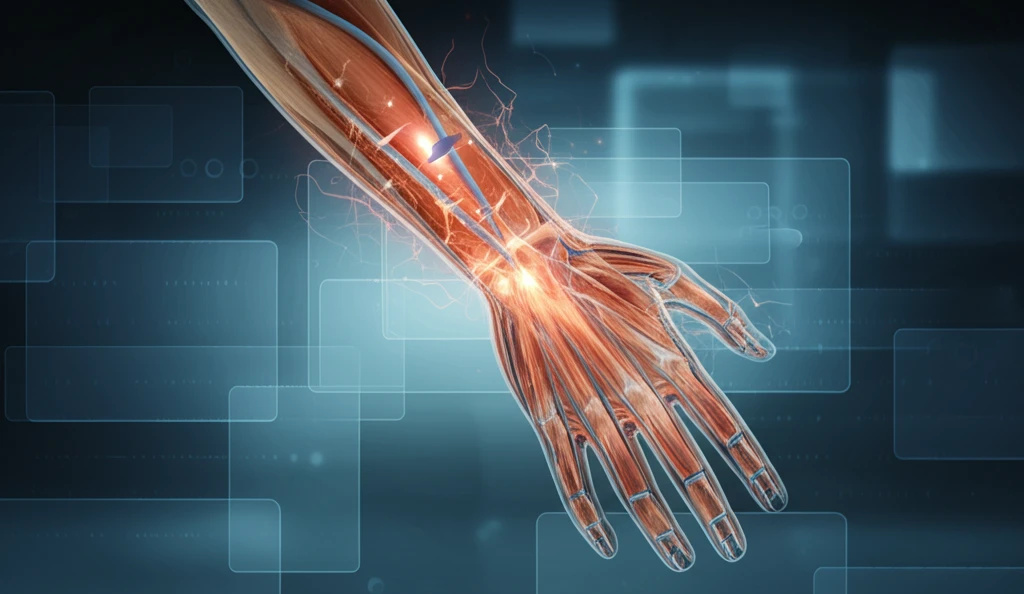
Needle Navigation: A Comprehensive Guide to Venipuncture Mastery
"Unlock the secrets to successful IV placement with our in-depth look at anatomy, site selection, and technique refinements."
Venipuncture, a fundamental skill for healthcare professionals, extends beyond intravenous (IV) sedation. Proficiency in this technique is essential for all practitioners, providing a crucial route for drug administration and a vital tool for managing emergency situations.
While venipuncture is generally straightforward to learn, mastering it requires dedicated practice and a thorough understanding of the relevant anatomy. The ability to quickly and confidently establish an IV line can be life-saving in critical moments.
This guide explores the key aspects of venipuncture, from understanding the intricate network of veins and arteries to selecting the optimal site and refining your technique. Whether you're a seasoned practitioner or a novice phlebotomist, this resource will empower you to enhance your skills and provide exceptional patient care.
Navigating the Vascular Landscape: Key Anatomical Considerations

Successful venipuncture hinges on a strong understanding of the venous and arterial systems in the upper limb. While veins are the primary target, awareness of nearby arteries and nerves is crucial to avoid complications.
- Dorsum of the Hand: Preferred for its superficial veins and minimal risk of encountering arteries.
- Ventral Forearm: Offers larger veins and is anatomically safer than the antecubital fossa.
- Lateral Antecubital Fossa: Provides larger veins and a reduced risk of arterial puncture.
- Foot: Useful when upper limb access is limited, though accessibility is more limited.
Empowering Practitioners Through Knowledge
By mastering venipuncture techniques and cultivating a deep understanding of vascular anatomy, healthcare professionals can significantly enhance patient care, ensure safety, and confidently navigate even the most challenging clinical scenarios. Continuous learning and skill refinement are vital for maintaining proficiency and providing optimal patient outcomes.
